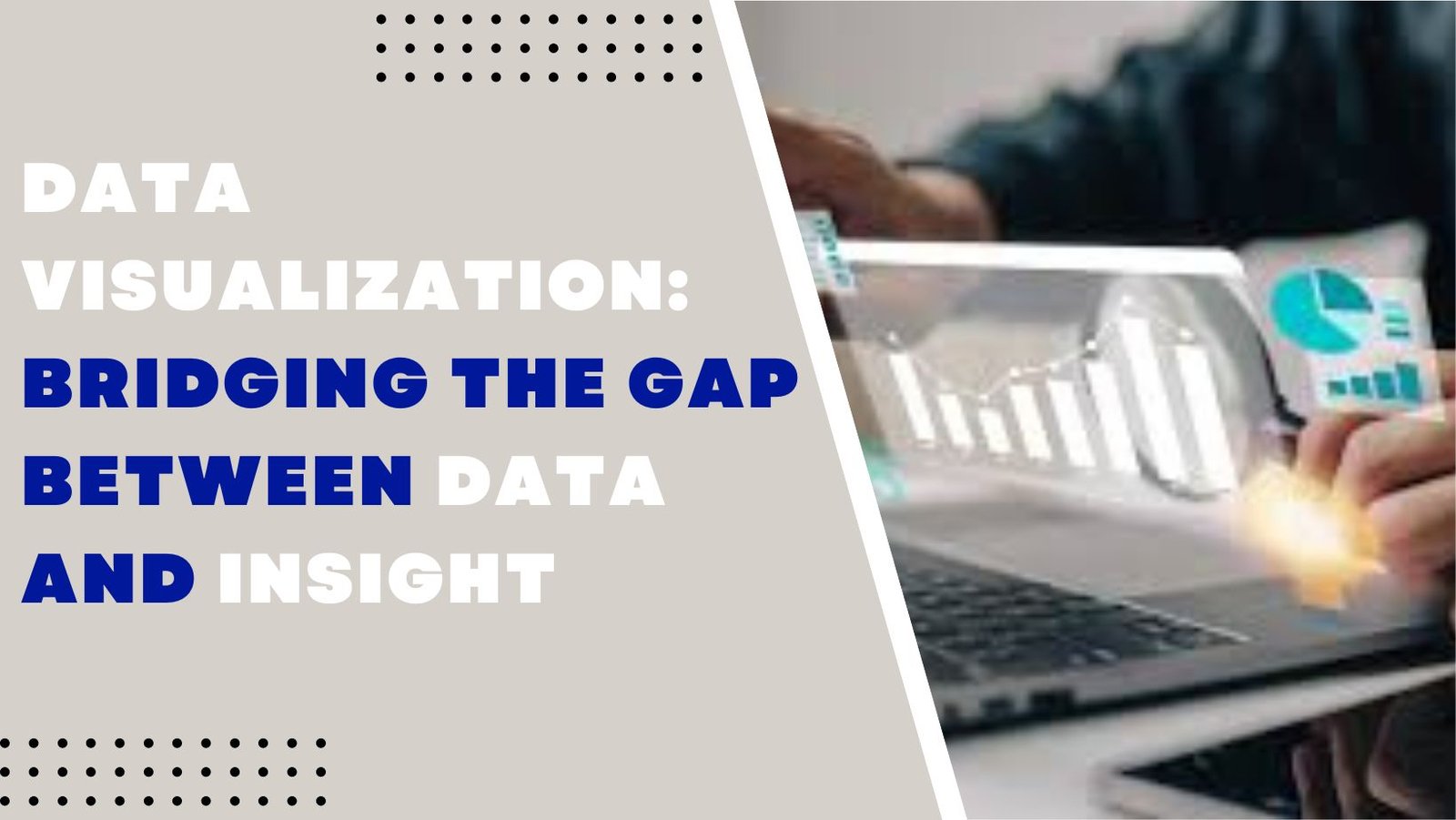In today’s data-driven world, making sense of vast amounts of information is more crucial than ever. Data visualization plays a pivotal role in transforming raw data into actionable insights, bridging the gap between complexity and clarity. By presenting data visually, organizations can uncover patterns, trends, and relationships that might otherwise go unnoticed.
This article explores the importance, techniques, and tools, showcasing how it transforms data into a valuable resource for decision-making.
What Is Data Visualization?
Data visualization is the graphical representation of information and data. By using visual elements such as charts, graphs, maps, and infographics, it provides an accessible way to interpret and analyze complex datasets.
Unlike raw data, which can be overwhelming, a well-designed visualization simplifies information, allowing stakeholders to grasp insights quickly and effectively.
Why Is Data Visualization Important?
- Enhances Data Understanding
Visualization transforms abstract numbers into comprehensible visuals, helping non-technical stakeholders understand the story behind the data. - Speeds Up Decision-Making
Visuals provide an instant snapshot of performance, enabling quicker identification of issues and opportunities. - Identifies Patterns and Trends
Charts and graphs can highlight recurring patterns or anomalies, offering deeper insights into the data. - Facilitates Communication
Well-designed visuals improve collaboration and communication, ensuring everyone in an organization is on the same page.
Key Techniques in Data Visualization
Understanding different visualization techniques is essential for creating effective representations. Below are some commonly used methods:
1. Bar and Column Charts
These are ideal for comparing values across categories. For example, a bar chart can showcase monthly sales revenue or customer preferences across regions.
2. Line Charts
Line charts excel in showing trends over time. For instance, they can track website traffic over a year or visualize temperature changes across seasons.
3. Pie Charts
Useful for illustrating proportions, pie charts are effective for displaying market share or budget allocations.
4. Scatter Plots
Scatter plots highlight correlations between two variables, such as the relationship between advertising spend and revenue growth.
5. Heatmaps
These use color intensity to represent data density, making them perfect for analyzing geographical data or user activity across platforms.
Tools for Data Visualization
Numerous tools make data visualization accessible for beginners and advanced users alike. Here are some popular options:
1. Tableau
A versatile tool known for its ease of use and ability to handle large datasets, Tableau is ideal for creating interactive dashboards.
2. Microsoft Power BI
Power BI integrates seamlessly with other Microsoft products, making it a preferred choice for businesses reliant on the Microsoft ecosystem.
3. Python and R
For those comfortable with coding, Python libraries like Matplotlib and Seaborn or R packages like ggplot2 offer extensive customization for data visualization.
4. Google Data Studio
A free tool from Google, it is excellent for creating dashboards and reports integrated with other Google services like Analytics.
Best Practices for Effective Data Visualization
Creating a meaningful and impactful visualization requires more than just technical skills. Here are some best practices:
1. Understand Your Audience
Tailor the visualization to suit the needs and expertise of your audience. A technical team may prefer detailed graphs, while executives might want high-level overviews.
2. Choose the Right Chart Type
Selecting an appropriate chart type is crucial. Misrepresenting data can lead to incorrect conclusions.
3. Keep It Simple
Avoid overloading visuals with too much information. Simplicity often leads to clarity.
4. Use Consistent Color Schemes
Colors should enhance the story, not distract from it. Stick to a consistent and intuitive color palette.
5. Include Annotations
Adding labels, notes, or highlights can help explain key points or trends.
Applications of Data Visualization Across Industries
Data visualization is indispensable across various sectors, demonstrating its versatility and value:
1. Healthcare
In healthcare, data visualization helps track patient outcomes, monitor disease outbreaks, and optimize hospital operations.
2. Finance
Financial analysts use visualization to assess risks, monitor market trends, and forecast revenue.
3. Marketing
Marketers rely on visual dashboards to track campaign performance, customer behavior, and ROI metrics.
4. Education
Data visualization aids educators in understanding student performance and tailoring learning programs accordingly.
The Role of Data Visualization in Data Science
Data visualization is a cornerstone of data science, acting as a bridge between raw data and actionable insights. It aids in exploratory data analysis (EDA), where patterns and anomalies are identified, setting the stage for deeper analysis and model building.
Professionals and students looking to strengthen their skills in this area often explore comprehensive learning opportunities. For instance, enrolling in a data science training course in Noida, Delhi, Faridabad, Ghaziabad, Gurgaon, Greater Noida, and other cities located in India provides practical exposure to visualization tools like Tableau, Power BI, and Python libraries, enabling them to create impactful visualizations and derive meaningful insights.
Emerging Trends in Data Visualization
This field is evolving rapidly, driven by advancements in technology and user demands.
1. Real-Time Visualization
With the proliferation of IoT and big data, organizations are increasingly adopting real-time dashboards to monitor operations and respond proactively.
2. AI-Driven Insights
AI and machine learning are being integrated into visualization tools, enabling automatic detection of patterns and anomalies.
3. Virtual Reality (VR) and Augmented Reality (AR)
Immersive technologies are offering new ways to experience and interact with data.
4. Mobile-Optimized Visualizations
As mobile usage grows, visualizations designed for smaller screens are becoming more prevalent.
Challenges in Data Visualization
While data visualization offers numerous benefits, it comes with its own set of challenges:
1. Data Quality Issues
Incomplete or inaccurate data can lead to misleading visuals.
2. Misrepresentation
Improper chart types or scales can distort the interpretation of data.
3. Information Overload
Too much information can overwhelm viewers and obscure the message.
4. Technical Expertise
Creating advanced visualizations often requires specialized skills and tools.
Conclusion
Data visualization serves as a critical tool for bridging the gap between raw data and actionable insights. By presenting information in a clear and visually engaging manner, it empowers organizations to make informed decisions and stay ahead in a competitive landscape. As technology continues to evolve, the importance of mastering this will only grow, making it an indispensable skill in the modern world.



